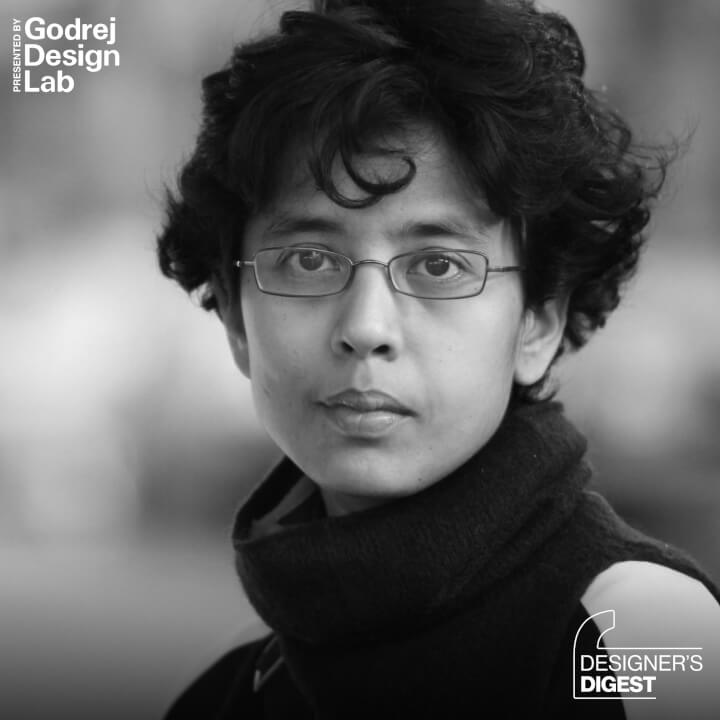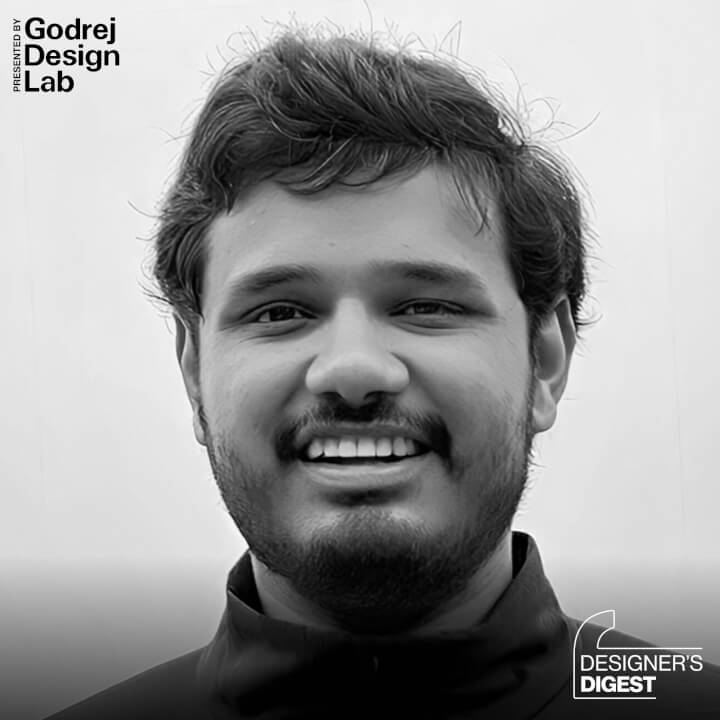EP 140 . 11 Sep 19
Architecture & films
With Rohan Shivkumar
In the episode
- You have made 2 films so far, “Nostalgia of the Future” & “Lovely Villa”. I recently watched both of them at Frame Conclave in Goa. Very nice indeed. In both of your films, you are trying to show connections and also dissociation between the matter (which is architecture) and soul (which are memories and intangible feelings associated). Can you start by briefly telling us what are these films and what made you do these films?
- Something within you (as an architect) is not able to manifest in the form of architecture. Probably that could be the reason you made these films? Is there a common or individual subtext you are trying to communicate through these 2 films? What is that subtext?
- Filmmaking is a much younger art form than architecture. We daily walk past the same building but hardly pay attention to the details or art deco of it. But when a film captures that and presents it, it feels great. Is it a failure of the architect to show us those beauty spots or victory of film making as an art form? Is invisible architecture great architecture?
- What is the biggest challenge to encapsulate the micro and macro of architecture in the film? This is in the context of Correa’s vision for “a mirror of the nation, in miniature” – If you at all tried to portray that in your film, what was the process like?
- Both of your films have long taken with steady shots. Without much camera panning and moving. Is this standard for more or fewer architecture films? You have intentionally taken this route? What are your thoughts and learning?
- Lastly, I would like to conclude by asking, what is Project Cinema City? Can you tell us more about it? What do we do as regular citizens?
About Rohan Shivkumar
Rohan is an architect, urban designer, and filmmaker practicing in Mumbai. He is the Dean of Research and Academic Development at the Kamla Raheja Vidyanidhi Institute for Architecture and Environmental Studies. His work ranges from architecture, urban research, and consultancy projects to works in film and visual art. He is interested in issues concerning housing, public space, and in exploring the many ways of reading and representing the city.




